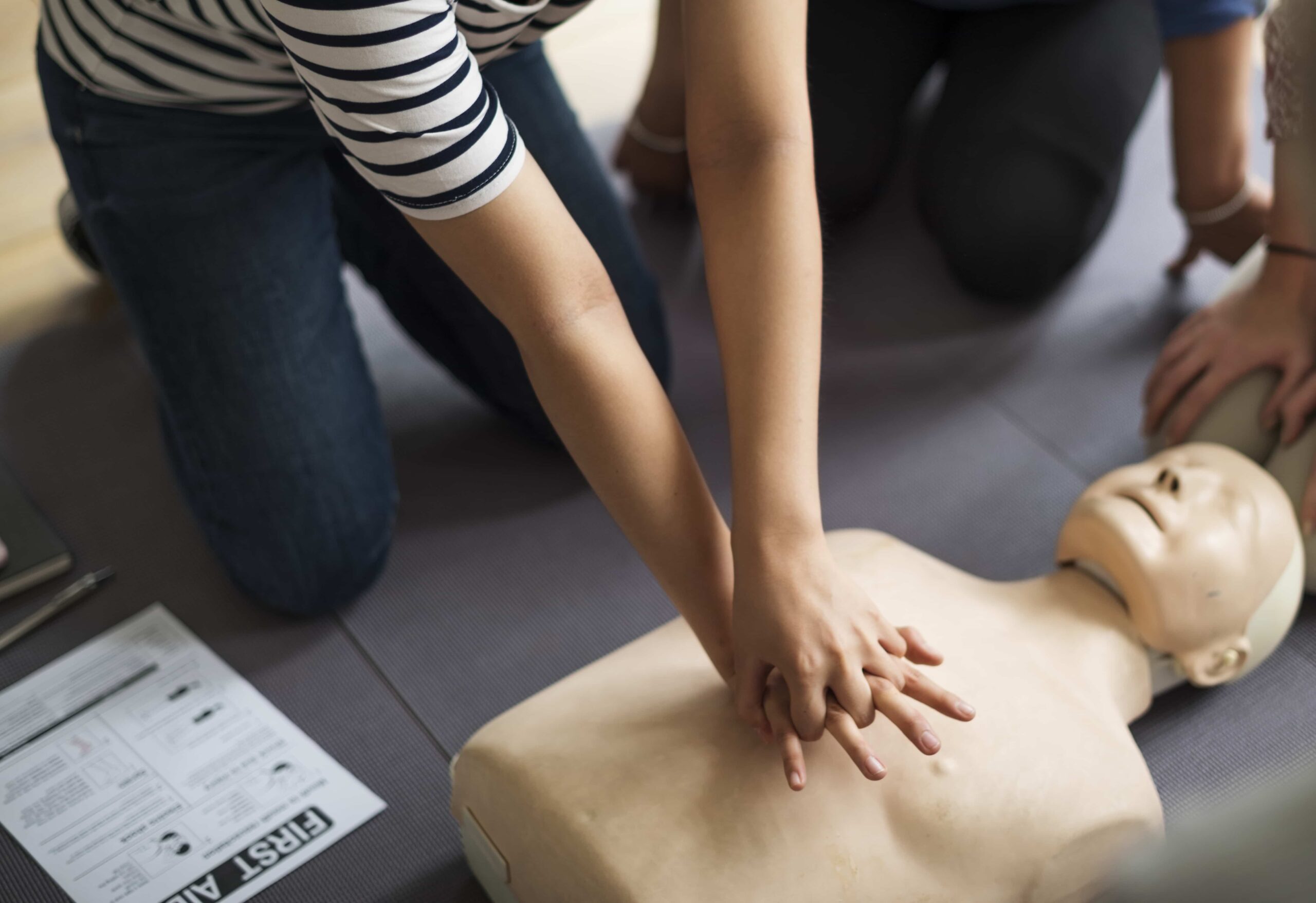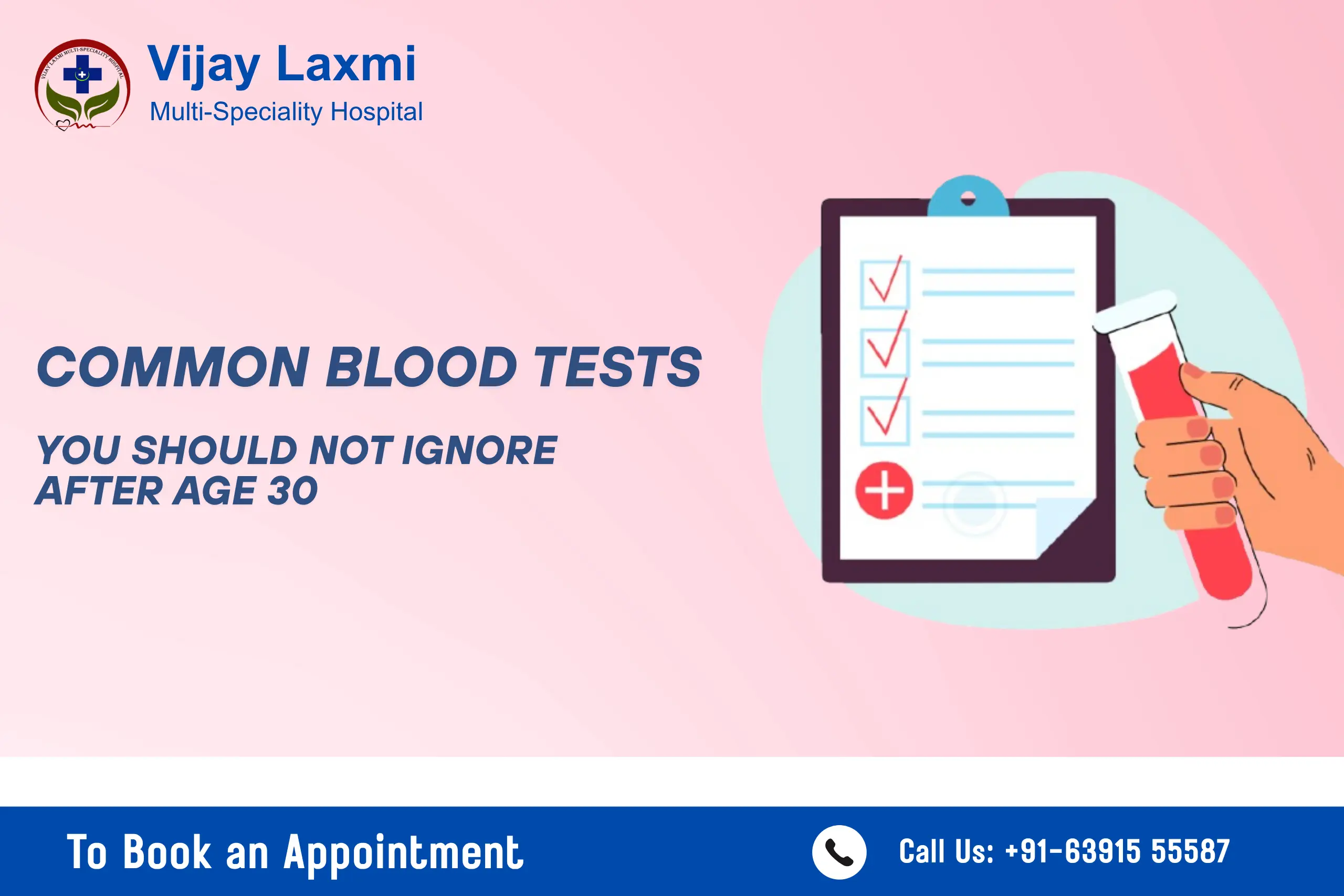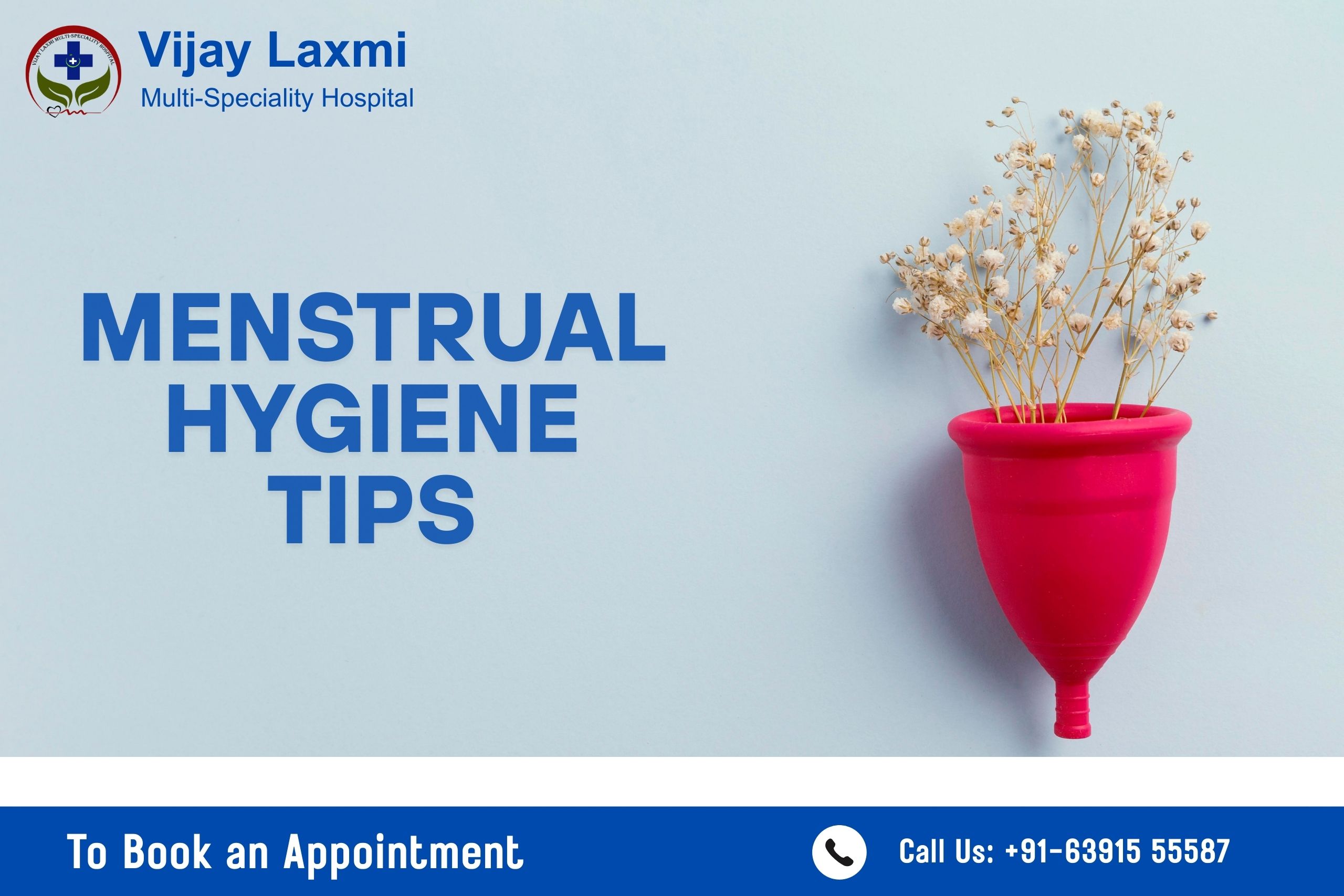
First Aid Tips for Common Household Injuries: Expert Guide to Home Emergency Care
Accidents can happen anytime, especially at home, where minor injuries and emergency situations are more common than we think. Knowing how to respond to burns, cuts, choking, falls, or fractures can make a significant difference in preventing complications. This expert guide will walk you through practical, medically approved first-aid techniques to handle household injuries safely. However, some injuries require professional medical care beyond basic first aid. That’s where Vijay Laxmi Multi-Speciality Hospital steps in, offering expert treatment, advanced facilities, and emergency care to handle these situations effectively.
Understanding Common Household Injuries:
Our homes are supposed to be the safest place, yet injury statistics show that accidental falls, burns, and cuts are among the most frequent household incidents. Children, elderly individuals, and people with limited mobility are particularly vulnerable to accidents.
Here are some of the most common injuries at home:
- Cuts and scrapes from knives or sharp objects.
- Burns from hot surfaces, flames, or chemicals.
- Falls leading to fractures, sprains, or head injuries.
- Choking incidents especially in children and seniors.
- Poisoning due to accidental ingestion of household cleaners.
- Electrical shocks from faulty appliances.
- Insect bites and allergic reactions.
Understanding these injury risks allows us to take preventive measures while being prepared with quick first-aid responses.
First Aid Basics: What Every Home Should Have:
A well-equipped first aid kit is your first line of defense against home emergencies. Every household should keep an up-to-date emergency kit in an easily accessible location.
Essential Items for a First Aid Kit:
| Category
|
Items |
|---|---|
| Wound Care | Sterile gauze, antiseptic wipes, bandages, antibiotic ointment |
| Pain Relief | Ibuprofen, acetaminophen, cold packs |
| Burn Treatment | Burn gel, aloe vera, hydrocortisone cream |
| Emergency Tools | Scissors, tweezers, digital thermometer |
| Respiratory Aid | CPR face shield, antihistamines, inhaler (if needed) |
| Poison Control | Activated charcoal, emergency contacts for poison control |
Cuts and Scrapes from Knives or Sharp Objects:
Common Causes:
- Kitchen accidents while chopping vegetables or handling knives
- Broken glass from dropped plates or mirrors
- Gardening tools, scissors, or razors
First Aid for Cuts and Scrapes:
- Stop the Bleeding – Apply gentle pressure with a clean cloth or sterile gauze. If bleeding doesn’t stop within 10 minutes, seek medical attention.
- Clean the Wound – Wash under lukewarm water with mild soap to remove dirt and bacteria. Avoid using hydrogen peroxide, as it can damage tissue.
- Apply an Antiseptic – Use povidone-iodine (Betadine) or chlorhexidine solution to disinfect the wound.
- Cover the Wound – Apply a sterile adhesive bandage for small cuts or a non-stick dressing for larger wounds.
- Watch for Infection – Redness, swelling, warmth, or pus indicate an infection. Seek medical care if symptoms worsen.
When to Seek Medical Help:
- If the cut is deep, gaping, or won’t stop bleeding
- If you suspect nerve or tendon damage
- If the cut was caused by rusty or contaminated objects (may require a tetanus shot)
Burns from Hot Surfaces, Flames, or Chemicals:
Types of Burns:
- First-degree burns – Affect the outer layer of skin, causing redness and pain (e.g., sunburns, touching a hot pan).
- Second-degree burns – Cause blisters, swelling, and severe pain (e.g., hot oil spills, boiling water).
- Third-degree burns – Damage deep skin layers, nerves, and tissues; the skin may appear charred or white (e.g., electrical burns, fires).
First Aid for Burns:
- Cool the Burn – Run the area under cool (not ice-cold) water for 10-15 minutes. Do not apply ice, butter, or toothpaste, as they can worsen the injury.
- Apply Burn Ointment – Use silver sulfadiazine cream or aloe vera gel to promote healing.
- Cover the Burn – Use a non-stick dressing or a clean cloth to protect the area.
- Manage Pain – Take acetaminophen (Tylenol) or ibuprofen if needed.
When to Seek Medical Help:
- If the burn is larger than 3 inches or affects sensitive areas (face, hands, feet, joints, or genitals).
- If a chemical burn occurs, rinse the area for at least 20 minutes and call poison control.
- If the burn is third-degree, seek emergency care immediately.
Falls Leading to Fractures, Sprains, or Head Injuries:
Common Causes:
- Slipping on wet floors or loose rugs
- Falling down stairs or from furniture
- Elderly individuals with balance issues
First Aid for Falls and Injuries:
- Assess for Injuries – If the person is unconscious, has severe pain, or is unable to move, call 108 immediately.
- For Fractures –
- Immobilize the area with a splint or by keeping it still.
- Apply a cold pack to reduce swelling.
- Do not attempt to realign a broken bone.
- For Sprains and Strains – Use the RICE method:
- Rest – Avoid using the injured limb.
- Ice – Apply an ice pack for 20 minutes every hour.
- Compression – Wrap the area with a bandage.
- Elevation – Keep the injured area raised to reduce swelling.
- For Head Injuries –
- Apply a cold compress to reduce swelling.
- Monitor for signs of concussion (dizziness, vomiting, confusion).
- Seek medical help if symptoms worsen.
When to Seek Medical Help:
- If the fall causes severe pain, swelling, or visible bone deformities.
- If the person loses consciousness, has a seizure, or experiences memory loss.
Choking Incidents (Especially in Children and Seniors):
Common Causes:
- Swallowing large food pieces or foreign objects
- Small toys, coins, or hard candy in children
- Improper chewing in elderly individuals with dentures
First Aid for Choking Victims:
- Encourage Coughing – If the person can breathe, let them try to cough it out.
- Perform the Heimlich Maneuver for Adults:
- Stand behind the person, wrap your arms around their waist.
- Place a fist above the navel, push inward and upward forcefully.
- For Infants (Under 1 Year) –
- Place the baby face down on your forearm.
- Give five firm back blows between the shoulder blades.
- If still choking, turn the baby over and give five chest thrusts.
Call 108 immediately if the person turns blue, becomes unconscious, or stops breathing.
Poisoning Due to Accidental Ingestion of Household Cleaners:
Common Household Poisons:
- Bleach, detergents, insecticides, medications, alcohol
- Carbon monoxide poisoning from gas leaks
First Aid for Poisoning:
- Identify the Poison – Check the label for toxic ingredients.
- Call Poison Control – Contact local poison control.
- Do Not Induce Vomiting – Some chemicals can cause more damage if vomited.
- For Carbon Monoxide Poisoning – Move the person to fresh air immediately.
If the person is unconscious, having seizures, or struggling to breathe, call emergency services immediately.
Electrical Shocks from Faulty Appliances:
Common Causes:
- Faulty wiring, wet electrical outlets, or broken appliances
- Using electrical devices with wet hands
First Aid for Electrical Shocks:
- Turn Off the Power – Do not touch the person until the electricity source is turned off.
- Check Breathing and Pulse – Begin CPR if needed.
- Treat Burns – Follow burn first-aid steps.
Seek emergency help for loss of consciousness or severe burns.
Insect Bites and Allergic Reactions:
Common Causes:
- Mosquitoes, bees, wasps, spiders, ticks
First Aid for Insect Bites and Stings:
- Remove the Stinger – Scrape it out with a credit card (do not squeeze).
- Apply a Cold Compress – To reduce swelling and pain.
- Take an Antihistamine – Diphenhydramine (Benadryl) can reduce itching.
Seek medical help if:
- The person has difficulty breathing, swelling of the face or lips (anaphylaxis).
- The bite becomes red, swollen, and filled with pus (signs of infection).
Vijay Laxmi Multi-Speciality Hospital: Your Trusted Healthcare Partner:
Imagine you’re dealing with a sudden injury at home, or facing a serious medical crisis. In those moments, you want a hospital you can truly count on, right here in Jaunpur. That’s where Vijay Laxmi Multi-Speciality Hospital steps in. We know how important it is to have a place you trust for emergency care, trauma treatment, and specialized medical help.
Whether it’s a simple cut that needs stitches, or something far more critical, our hospital is ready. We’ve invested in the latest medical technology and brought together a team of experienced doctors and nurses. Our goal is simple: to give you the best possible care, right here in Jaunpur, and help you get back to feeling your best. So, if you’re looking for a reliable hospital in Jaunpur or near Jaunpur for emergency medicine, or need specialized treatments, you know where to find us. We’re here for our community, every step of the way.
When to Call Emergency Services:
Seek medical attention if:
The injury involves uncontrolled bleeding or deep wounds.
Severe burns (third-degree or covering large areas).
Choking that doesn’t resolve after the Heimlich maneuver.
Fractures or head trauma with loss of consciousness or confusion.
Conclusion:
Being prepared for common household injuries can significantly reduce complications and save lives. By keeping a well-stocked first aid kit and knowing basic emergency procedures, you can confidently handle home accidents until professional medical help arrives.
For severe injuries or ongoing medical concerns, Vijay Laxmi Multi-Speciality Hospital offers specialized care and expert treatment to ensure optimal recovery.
Stay safe, stay prepared!
FAQs:
Q.How can I prevent common household injuries?
A.Regular home safety checks, using non-slip mats, and keeping sharp objects away from children can reduce accident risks.
Q.What should I do for a sprained ankle?
A.Follow RICE therapy – Rest, Ice, Compression, Elevation – and use a brace if necessary.
Q.When should I take a burn victim to the hospital?
A.Seek help if the burn is deep, covers a large area, or affects the face, hands, or joints.
Q.Can I perform CPR without certification?
A.Yes, but taking a basic CPR course from a certified provider is highly recommended.
Q.What’s the best way to treat a minor cut at home?
A.Clean with antiseptic, apply ointment, and cover with a sterile bandage.











